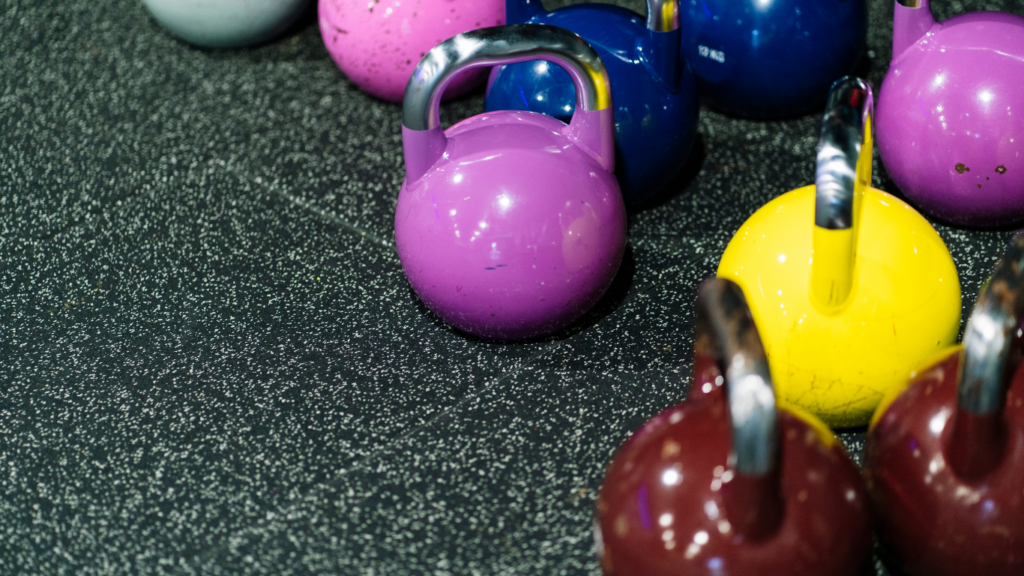When it comes to strength training, the debate between dumbbells and kettlebells has been ongoing. As a fitness enthusiast, I’ve often found myself pondering which tool reigns supreme in the gym.
In this article, I’ll delve into the key differences between dumbbells and kettlebells, shedding light on their unique benefits and best uses. While both dumbbells and kettlebells are effective tools for building strength and improving overall fitness, each has its own set of advantages and applications.
Whether you’re aiming to target specific muscle groups, enhance functional strength, or add variety to your workout routine, understanding the distinctions between these two popular pieces of equipment is essential. Join me as we explore the nuances of dumbbells versus kettlebells and discover how to optimize your training for maximum results.
Key Differences Between Dumbbells and Kettlebells
When comparing dumbbells and kettlebells, understanding the key differences between the two is crucial in optimizing your workout routines for maximum results.
Weight Distribution and Grip
With dumbbells, the weight is evenly distributed on both sides, allowing for a more stable grip during exercises like bicep curls or shoulder presses. On the other hand, kettlebells have an off-center weight distribution, requiring more stabilization and engaging additional muscles, making them ideal for dynamic movements like swings or Turkish get-ups.
Range of Motion and Movement Patterns
- Dumbbells for Isolated Strength Training: Their balanced design makes dumbbells ideal for traditional strength exercises, targeting specific muscle groups with controlled, isolated movements.
-
Kettlebells for Dynamic Functional Training: Kettlebells allow for a greater range of motion, making them perfect for dynamic exercises like swings and snatches, which improve functional strength and agility.
Muscle Engagement and Functional Training
While both dumbbells and kettlebells can target various muscle groups, kettlebells excel in engaging stabilizer muscles and promoting functional training. The unbalanced weight distribution of kettlebells forces muscles to work harder to stabilize the body during exercises, leading to improved overall strength, coordination, and mobility compared to traditional dumbbell exercises.
Best Uses of Dumbbells and Kettlebells
When considering the best uses of dumbbells and kettlebells in your workout routine, it’s essential to understand their specific benefits and applications to maximize your fitness outcomes.
Strength Training and Muscle Isolation
Incorporating dumbbells into your routine is ideal for focusing on muscle isolation and traditional strength training exercises. Dumbbells allow for targeted workouts, making them perfect for building muscle mass and enhancing strength in specific areas.
On the other hand, kettlebells are excellent for dynamic movements that engage multiple muscle groups simultaneously. These movements promote functional strength, coordination, and agility, making kettlebells a great choice for full-body workouts and enhancing overall muscle functionality.
Cardiovascular and High-Intensity Workouts
For cardiovascular and high-intensity workouts, kettlebells are a versatile option. The swinging and ballistic movements associated with kettlebell exercises elevate heart rate and provide a challenging cardiovascular workout.
This helps enhance endurance, stamina, and overall cardiovascular health. Dumbbells, while suitable for strength training, are not as effective for high-intensity cardiovascular exercises due to their design and limited range of motion.
Flexibility and Mobility Exercises
When it comes to flexibility and mobility exercises, both dumbbells and kettlebells can be used effectively. Dumbbells are great for enhancing flexibility through controlled and precise movements, making them suitable for exercises like bicep curls or shoulder presses.
On the other hand, kettlebells excel in improving mobility by incorporating dynamic movements that require flexibility in multiple joints. These fluid movements help increase range of motion, making kettlebells a preferred choice for enhancing overall mobility and joint flexibility.


 Dawnny Armstrongster, the visionary founder of Toe Back Fitness, is a passionate advocate for health and wellness, driven by a mission to empower individuals to lead active, balanced lives. With a deep understanding of fitness and injury prevention, Armstrongster has cultivated a platform that merges expert insights with practical advice, making fitness accessible to people at all levels. Her commitment to promoting sustainable lifestyle habits and safe workout practices reflects her dedication to long-term well-being. Under her leadership, Toe Back Fitness has become a trusted resource for those seeking to enhance their physical health, choose the right gear, and build routines that align with their fitness goals.
Dawnny Armstrongster, the visionary founder of Toe Back Fitness, is a passionate advocate for health and wellness, driven by a mission to empower individuals to lead active, balanced lives. With a deep understanding of fitness and injury prevention, Armstrongster has cultivated a platform that merges expert insights with practical advice, making fitness accessible to people at all levels. Her commitment to promoting sustainable lifestyle habits and safe workout practices reflects her dedication to long-term well-being. Under her leadership, Toe Back Fitness has become a trusted resource for those seeking to enhance their physical health, choose the right gear, and build routines that align with their fitness goals.